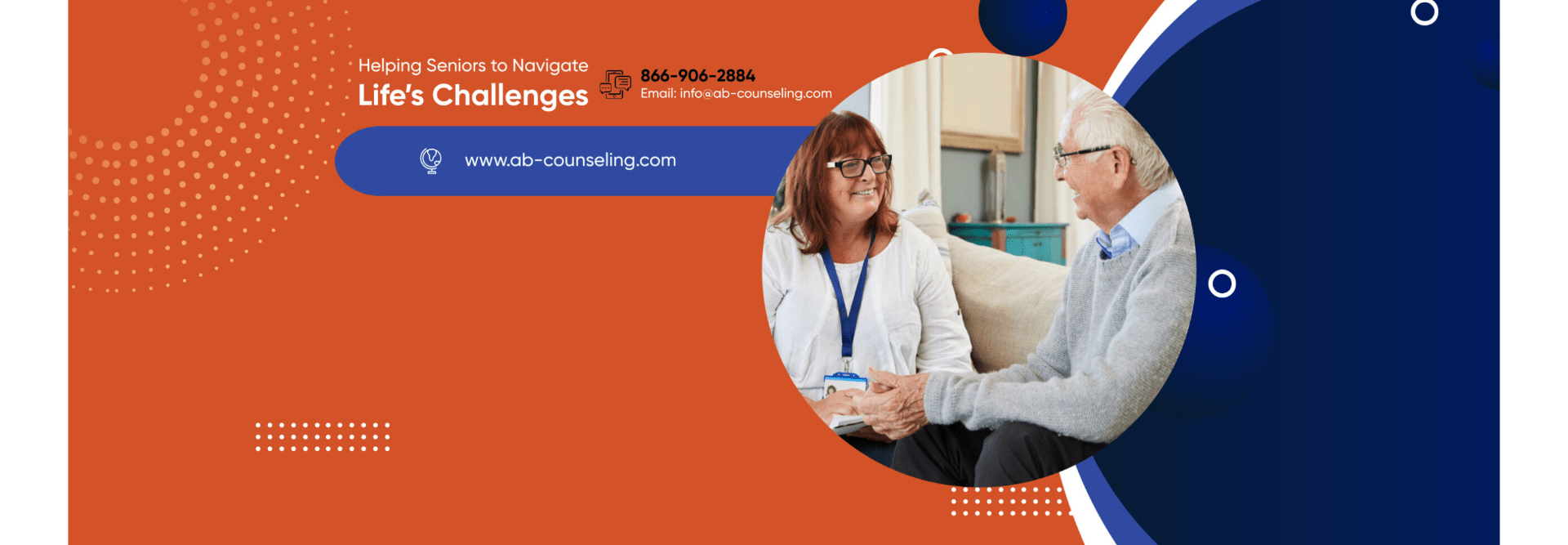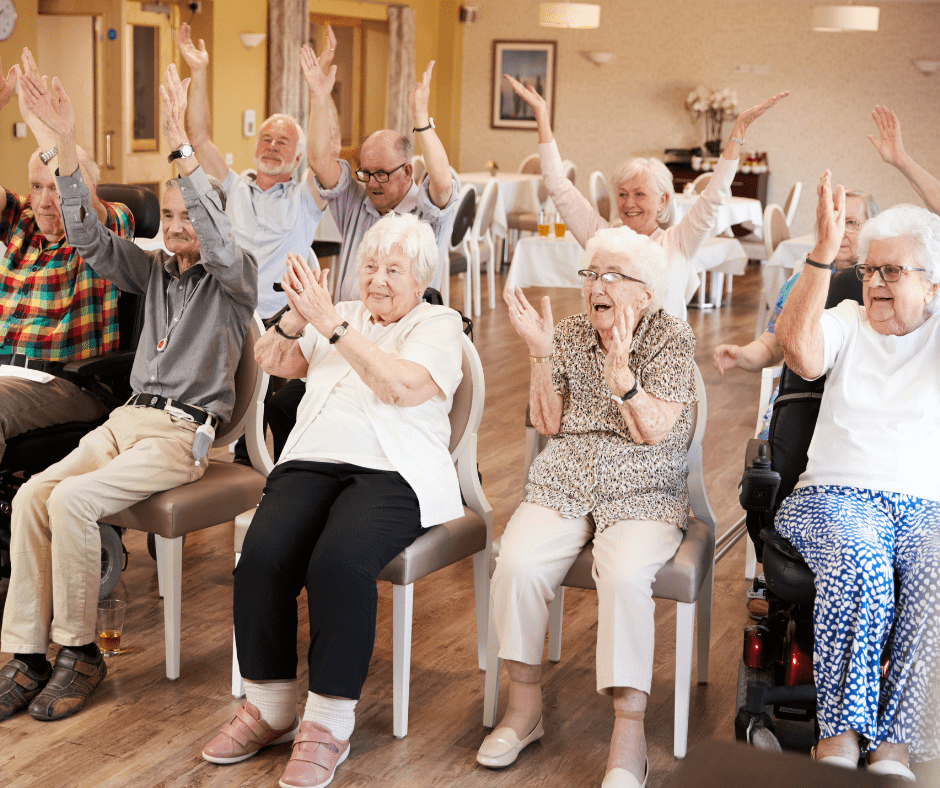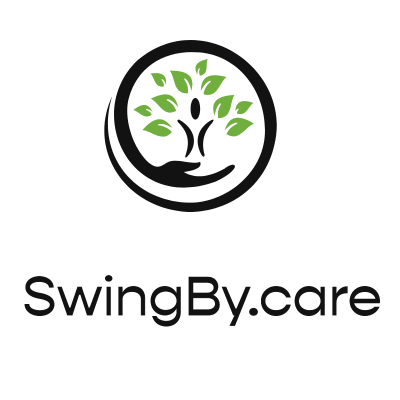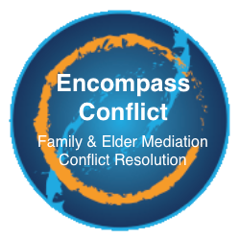Staying active is challenging for many people due to a lack of motivation, being unfamiliar with exercise routines, or simply having trouble finding time to squeeze in a workout with our busy schedules. We all know staying active is good for our bodies, hence the age-old saying, and Newton’s first law of motion, “A body in motion stays in motion, a body at rest stays at rest.” This can be why it’s hard to start exercising when you haven’t been consistent with it in the past. Our exercise habits will influence every aspect of our lives and health.
Exercising regularly is beneficial to every aspect of our well-being and can make all the difference in the later years of our lives. The most recent scientific evidence shows that regularly and appropriately practiced physical exercise, to improve physical fitness, is currently the best way to delay or even prevent the consequences of aging (2022).
Working out regularly and consistently can help:
- Better your mood
- Improve sleep
- Reduce stress
- Boost energy levels
- Maintain bone strength and density
- Improve joint health and mobility
The CDC recommends adults ages 65 and up to engage in:
- At least 150 minutes a week (approximately 30 minutes a day, 5 days a week) of moderate-intensity activity such as brisk walking. Or 75 minutes a week of vigorous-intensity activity such as hiking, jogging, or running
- At least 2 days a week of activities that will help to strengthen muscles
- And activities that can help improve balance such as balancing on one foot
These numbers can seem daunting for someone relatively inactive or unfamiliar with consistent exercising. But the reality is less than 5% of adults participate in 30 minutes of physical activity each day, and only one in three adults receive the recommended amount of physical activity each week (2024). So don’t feel discouraged if you aren’t meeting the recommended exercise levels because most people aren’t either. But, you can change that today! Exercise doesn’t have to be scary and overwhelming, it can be made enjoyable. Working out with friends or loved ones is an easy way to make exercising more enjoyable and also will help keep you accountable for staying active. Safety is another big concern when it comes to physical activity as a senior. Some ways to ensure you’re staying safe while staying active is to consult your doctor and ensure your physical ability to exercise and any activities that you may be limited to. Stretching before and after a workout can help reduce soreness after your workout and can also benefit your flexibility over time. Staying hydrated is also essential as working out can deplete you of water through perspiration.
One benefit of living in a digital age is having access to so many resources at your fingertips, because of this, a gym membership isn’t necessary for following an effective workout routine. There are so many options online, such as YouTube creators who make workout videos and provide step-by-step instructions to properly execute exercise moves, they even provide modifications for beginners or people with certain restrictions. Below I’ve compiled five simple, no-equipment exercises to help maintain mobility, balance, and strength.
Exercise 1: Squats
Great for strengthening hips, thighs, and buttocks which will help to make walking, jogging, and going up stairs easier. If a standard squat is too challenging you can start with a chair squat.
Standard Squat Video Demonstration: https://www.youtube.com/watch?v=Me1jEspRQEg
Chair Squat Video Demonstration: https://www.youtube.com/watch?v=loLwY2rQvnc
Exercise 2: Wall Push-Ups
Excellent for strengthening the muscles in your arms, chest, and back. A wall push-up can help take off pressure that can occur with a regular push-up and will be more gentle on your joints.
Wall Push-Up Video Demonstration: https://www.youtube.com/watch?v=jAUeJV4TCus
Exercise 3: Toe Raises
This exercise can help strengthen and stabilize the ankle which can help to maintain balance, thus lowering the risk of falls.
Toe Raises Video Demonstration: https://www.youtube.com/watch?v=WDZzni0C1ds
Exercise 4: Calf Stretch
This exercise is beneficial for strengthening the calf muscles and ankles.
Calf Stretch Video Demonstration: https://www.youtube.com/watch?v=CrdlJykUdaQ
Exercise 5: Side or Back Leg Raises
Great for helping with hip strength and flexibility as well as strengthening your core.
Side Leg Raises Video Demonstration: https://www.youtube.com/watch?v=045sWtKt5D4
Back Leg Raises Video Demonstration: https://www.youtube.com/watch?v=B54sRn3f8S0
More resources for your convenience:
A Printable PDF of 14 Exercises for Seniors to Improve Strength and Balance:
https://www.lifeline.ca/wp-content/uploads/Strength-and-Balance-Exercises-for-Seniors.pdf
A PDF of Strength Training Exercises For Older Adults to increase muscle strength, maintain bone integrity, and improve balance, coordination, and mobility:
https://stacks.cdc.gov/view/cdc/11447
20 Min Exercise for Seniors, Elderly, & Older People: https://www.youtube.com/watch?v=8CE4ijWlQ18
15-minute Workout for Older Adults: 15-minute Workout for Older Adults
Written For Senior Industry Services by Lauren Hope Bartling
Sources:
14 strength and balance exercises for seniors: PDF. Lifeline. (2024, January 10). https://www.lifeline.ca/en/resources/14-exercises-for-seniors-to-improve-strength-and-balance/
Centers for Disease Control and Prevention. (2023, April 13). How much physical activity do older adults need? Centers for Disease Control and Prevention. https://www.cdc.gov/physicalactivity/basics/older_adults/index.htm#:~:text=Your%20health%20benefits%20will%20also,activity%20such%20as%20brisk%20walking.
How Exercise Helps You Age Well. The National Council on Aging. (2022, October 11). https://www.ncoa.org/article/how-exercise-helps-you-age-well
PHYSICAL ACTIVITY. Exercise & Fitness: Facts & statistics – rxresource.org. (2024). https://www.rxresource.org/fitness/exercise-and-fitness-facts-and-statistics.html#:~:text=PHYSICAL%20ACTIVITY,of%20physical%20activity%20each%20week.
Seguin, Rebecca A. et al. (2002). Growing stronger: strength training for older adults.









